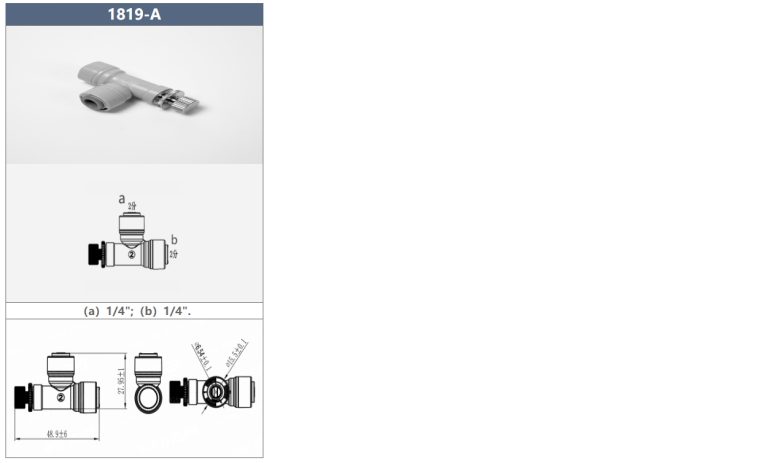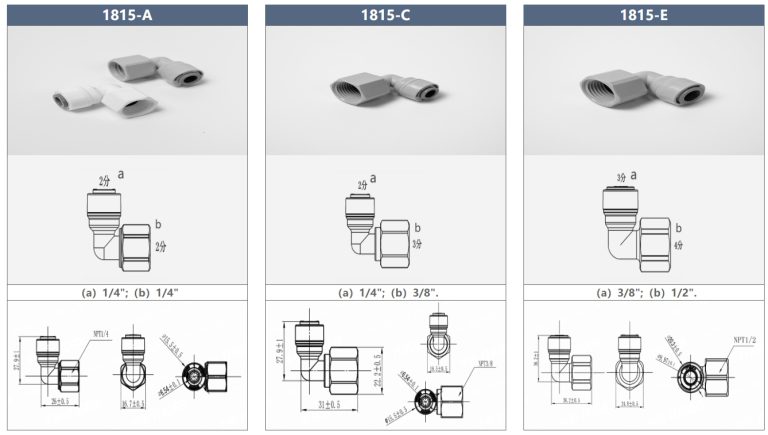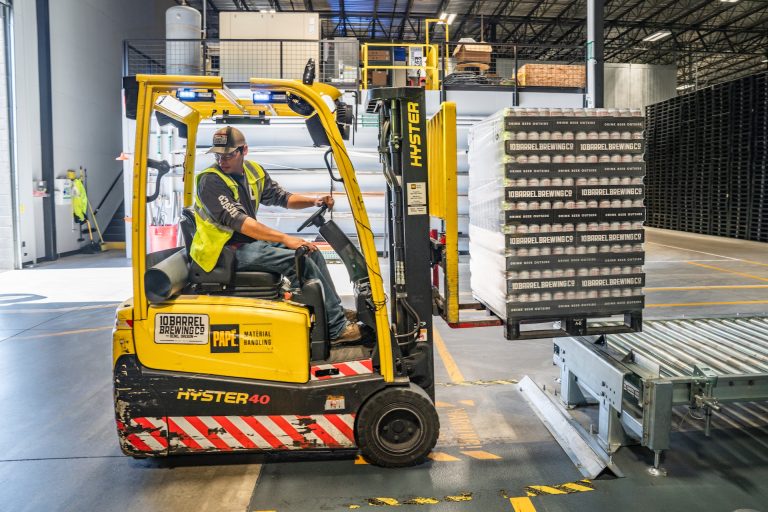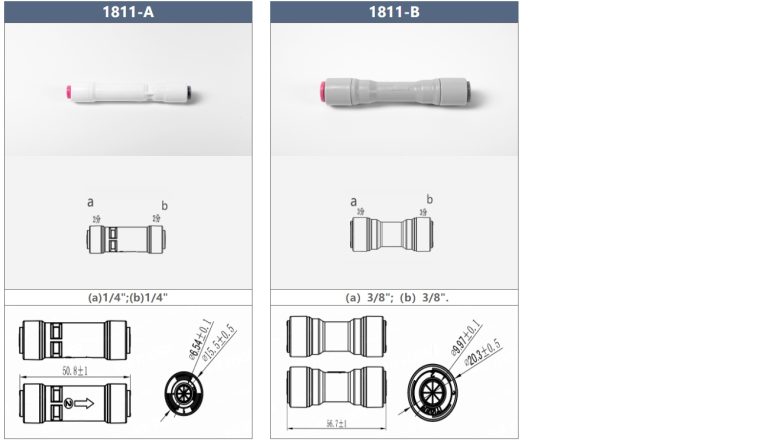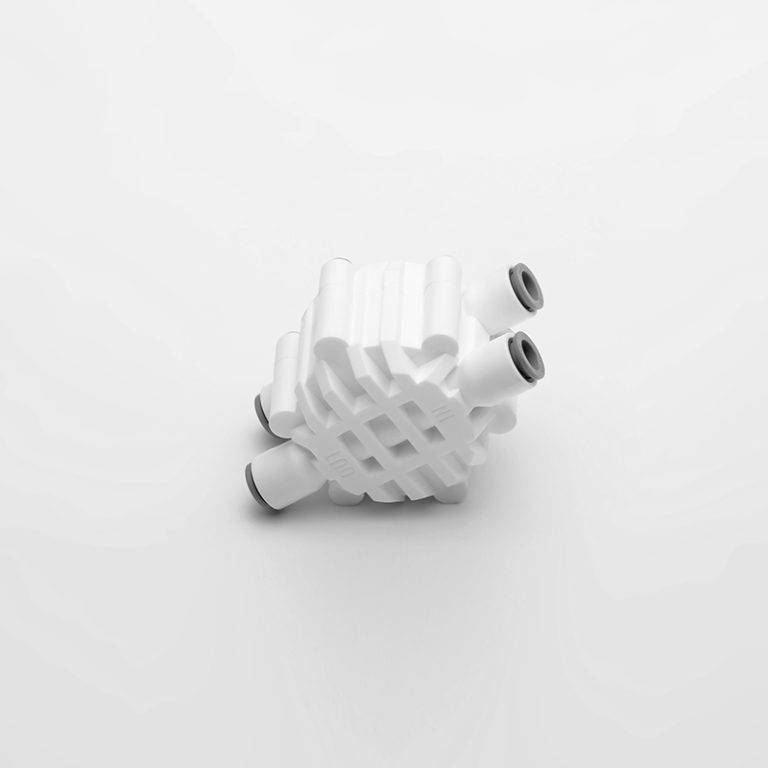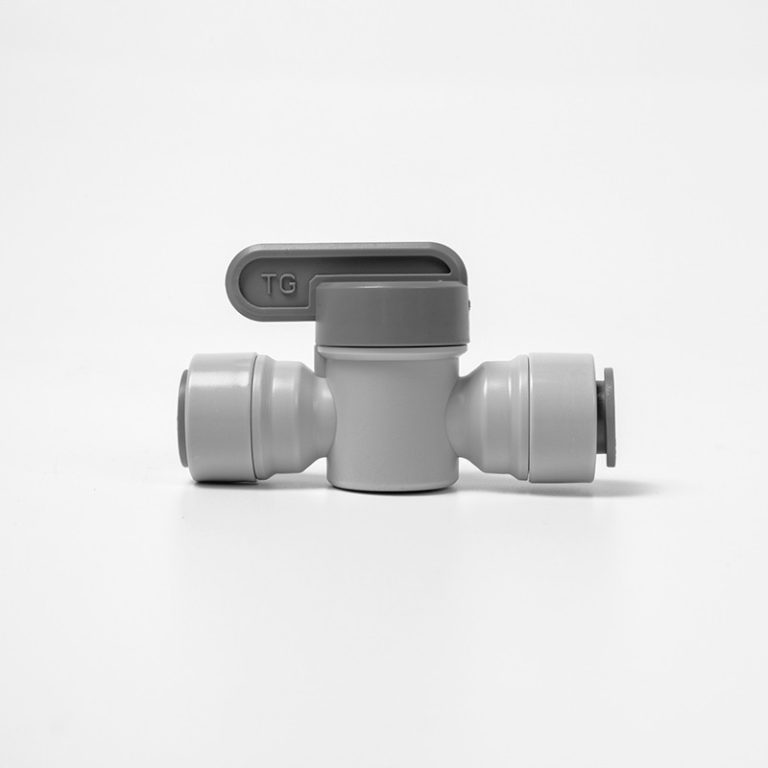Table of Contents
Benefits of Using PVC Conduit and Fittings for Electrical Wiring
PVC conduit and fittings are essential components in electrical wiring systems, providing protection and organization for wires and cables. PVC, or polyvinyl chloride, is a durable and versatile material that is commonly used in construction and electrical applications. In this article, we will explore the benefits of using PVC conduit and fittings for electrical wiring.
One of the primary advantages of PVC conduit and fittings is their durability. PVC is a strong and rigid material that can withstand harsh environmental conditions, such as extreme temperatures, moisture, and chemicals. This makes PVC conduit and fittings ideal for both indoor and outdoor applications, providing long-lasting protection for electrical wires.
In addition to their durability, PVC conduit and fittings are also lightweight and easy to install. PVC is a lightweight material that is easy to handle and transport, making it a convenient choice for electricians and contractors. PVC conduit and fittings can be easily cut, bent, and assembled, allowing for quick and efficient installation.
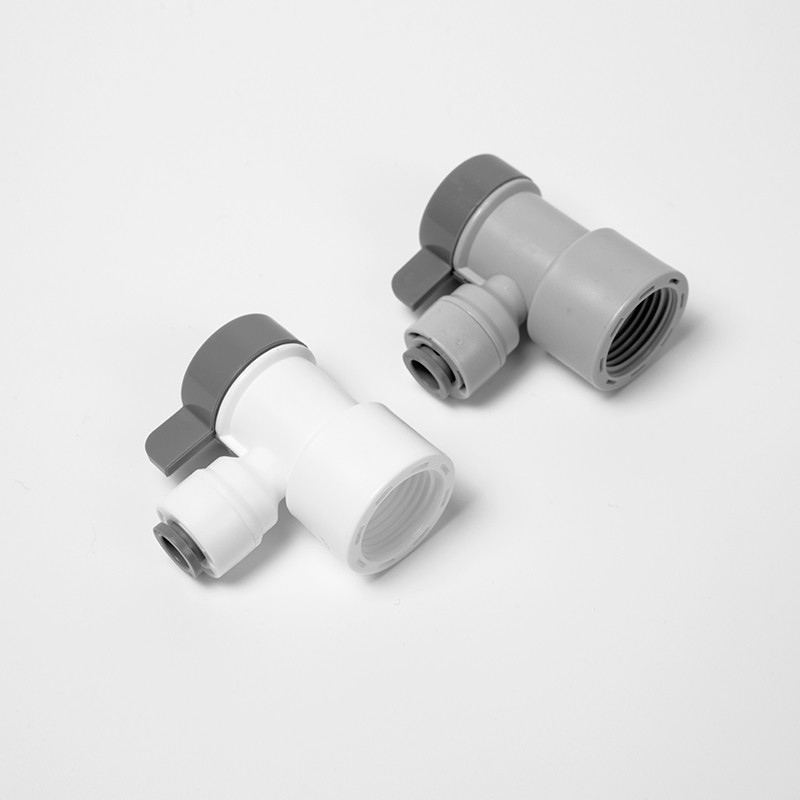
Another benefit of using PVC conduit and fittings is their resistance to corrosion and rust. Unlike metal conduit and fittings, PVC does not rust or corrode when exposed to moisture or chemicals. This makes PVC conduit and fittings a low-maintenance option for electrical wiring systems, reducing the need for frequent repairs and replacements.
PVC conduit and fittings are also cost-effective compared to other materials, such as metal or fiberglass. PVC is an affordable material that is readily available, making it a budget-friendly option for electrical wiring projects. Additionally, PVC conduit and fittings have a long service life, reducing the overall cost of ownership over time.
Furthermore, PVC conduit and fittings are non-conductive, meaning they do not conduct electricity. This is an important safety feature that helps prevent electrical shocks and fires. By using PVC conduit and fittings, electricians can ensure that electrical wires are properly insulated and protected from accidental contact.

PVC conduit and fittings are also versatile, with a wide range of sizes and configurations available to accommodate different wiring needs. Whether you are wiring a residential, commercial, or industrial building, there is a PVC conduit and fitting solution that will meet your requirements. PVC conduit and fittings can be used for a variety of applications, including power distribution, lighting, telecommunications, and data networking.
In conclusion, PVC conduit and fittings offer numerous benefits for electrical wiring systems. From their durability and ease of installation to their resistance to corrosion and cost-effectiveness, PVC conduit and fittings are a reliable choice for protecting and organizing wires and cables. Whether you are a professional electrician or a DIY enthusiast, consider using PVC conduit and fittings for your next electrical wiring project.
How to Properly Install and Maintain PVC Conduit and Fittings
PVC conduit and fittings are essential components in electrical installations, providing protection for wires and cables while also allowing for easy access for maintenance and repairs. Proper installation and maintenance of PVC conduit and fittings are crucial to ensure the safety and efficiency of the electrical system. In this article, we will discuss the steps involved in installing and maintaining PVC conduit and fittings.
| POM | Highly durable and resistant to fatigue and creep |
| ST Teeth | 304 Stainless Steel, good corrosion resistance |
| NBR | Good oil resistance |
When installing PVC conduit and fittings, it is important to start by carefully planning the layout of the electrical system. This includes determining the location of outlets, switches, and other electrical devices, as well as the routing of wires and cables. It is also important to consider factors such as the size of the conduit, the number of bends required, and the type of fittings needed.
Once the layout has been determined, the next step is to measure and cut the PVC conduit to the appropriate lengths. It is important to use a sharp, fine-toothed saw to ensure clean, straight cuts. After cutting the conduit, it is important to remove any burrs or rough edges using a deburring tool or sandpaper.
After cutting the conduit, the next step is to install the fittings. PVC fittings come in a variety of shapes and sizes, including elbows, tees, and couplings. It is important to select the appropriate fittings for the specific requirements of the installation. Fittings should be securely attached to the conduit using PVC cement, which creates a strong, watertight bond.
Once the conduit and fittings have been installed, the next step is to run the wires and cables through the conduit. It is important to carefully route the wires to avoid sharp bends or kinks, which can damage the insulation and affect the performance of the electrical system. It is also important to leave some slack in the wires to allow for future adjustments or repairs.
After running the wires, the final step is to secure the conduit and fittings in place. This can be done using straps, clamps, or other mounting hardware. It is important to ensure that the conduit is securely fastened to the wall or ceiling to prevent it from coming loose or shifting over time.
Proper maintenance of PVC conduit and fittings is essential to ensure the longevity and performance of the electrical system. This includes regularly inspecting the conduit for signs of damage, such as cracks, dents, or corrosion. Any damaged conduit should be replaced immediately to prevent electrical hazards.
| Model | Tube(a) | Stem(b) |
|---|---|---|
| 1801-A | 1/4 | 1/4 |
| 1801-C | 1/4 | 3/29 |
It is also important to check the fittings for tightness and ensure that they are securely attached to the conduit. Loose fittings can lead to water infiltration, which can damage the wires and compromise the safety of the electrical system. Additionally, it is important to check for any signs of wear or deterioration in the PVC material, such as discoloration or brittleness.
In conclusion, proper installation and maintenance of PVC conduit and fittings are essential for ensuring the safety and efficiency of electrical systems. By carefully planning the layout, measuring and cutting the conduit, installing the fittings, running the wires, and securing the conduit in place, you can create a reliable and durable electrical installation. Regular maintenance and inspections will help to identify and address any issues before they become serious problems. By following these guidelines, you can ensure that your PVC conduit and fittings provide reliable protection for your electrical system for years to come.

